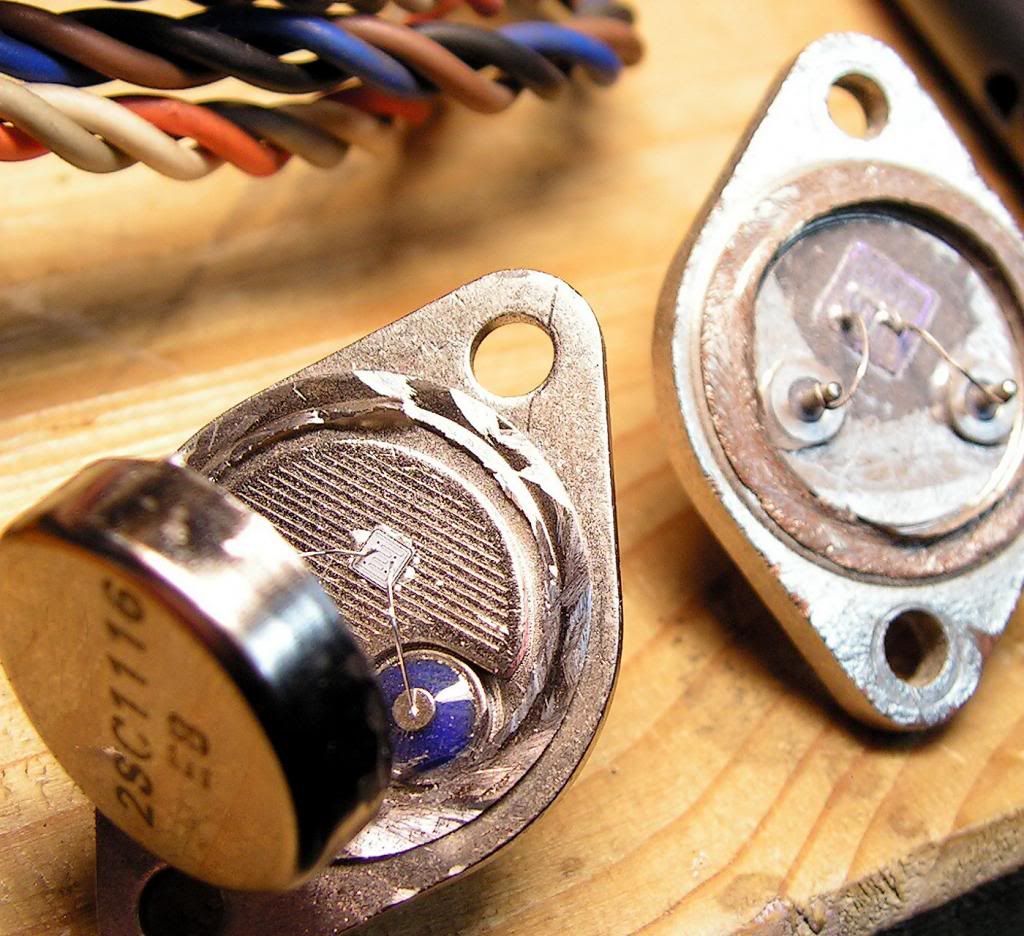Oh no! Hope to find my way out one day.
Well, this works with no load attached and then with load attached it fries the 40409/40410, Q5 and Q8. They go open when you get to about half volume. I have lost two pairs dang.
I have what I believe is the correct schematic, although it is somewhat hard to follow since part designations for transistors and diodes are mostly left blank. There aren't many voltages listed either, and it only contains preamp and power amp, not the power supply! My problem seems to be mostly in the output section, but my +/-48V supply rails also read only 41V.
Actually I just noticed now on page 2 (the one without even resistors listed) there is a +/-43V for the power amp. But the last page list +/-48V rails. Any thoughts on how to proceed? there's a handful of confusing things going on. At this point new 40409/40410 is installed and amp passes signal but I will not attach a load again until I can confirm something.
Acoustic G120-112 Service Manual.pdf
Well, this works with no load attached and then with load attached it fries the 40409/40410, Q5 and Q8. They go open when you get to about half volume. I have lost two pairs dang.
I have what I believe is the correct schematic, although it is somewhat hard to follow since part designations for transistors and diodes are mostly left blank. There aren't many voltages listed either, and it only contains preamp and power amp, not the power supply! My problem seems to be mostly in the output section, but my +/-48V supply rails also read only 41V.
Actually I just noticed now on page 2 (the one without even resistors listed) there is a +/-43V for the power amp. But the last page list +/-48V rails. Any thoughts on how to proceed? there's a handful of confusing things going on. At this point new 40409/40410 is installed and amp passes signal but I will not attach a load again until I can confirm something.
Acoustic G120-112 Service Manual.pdf



Comment